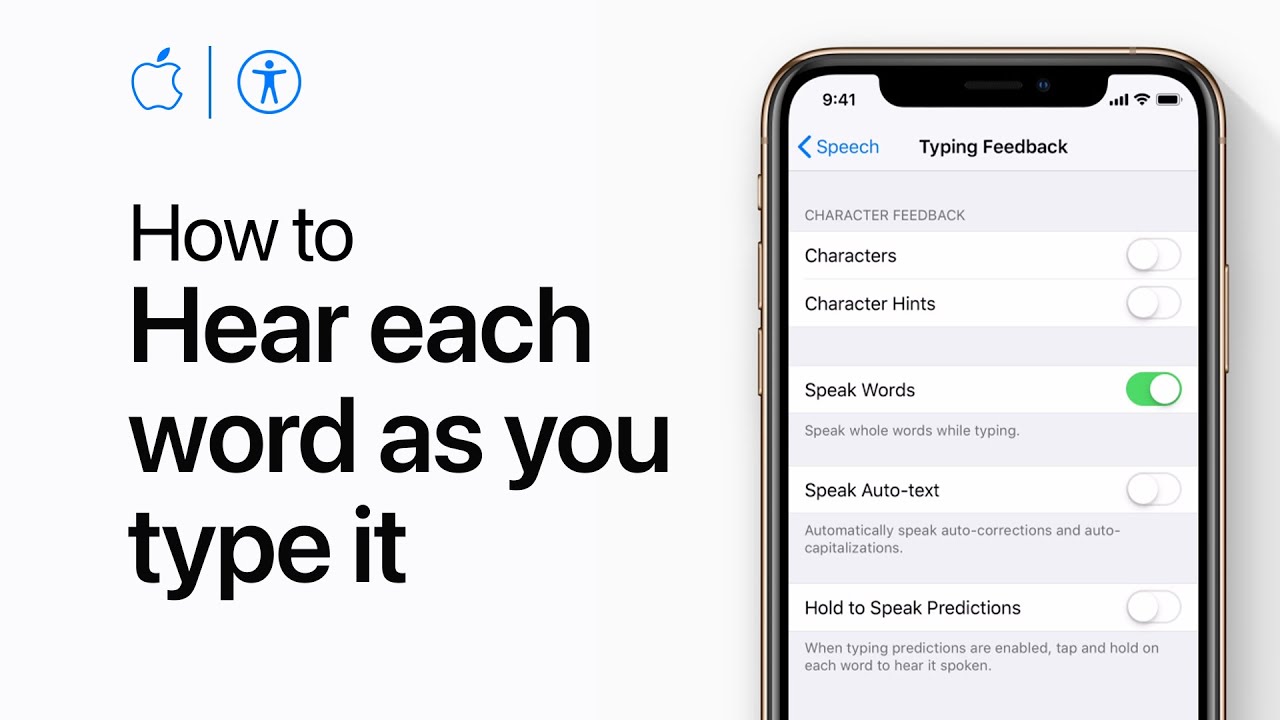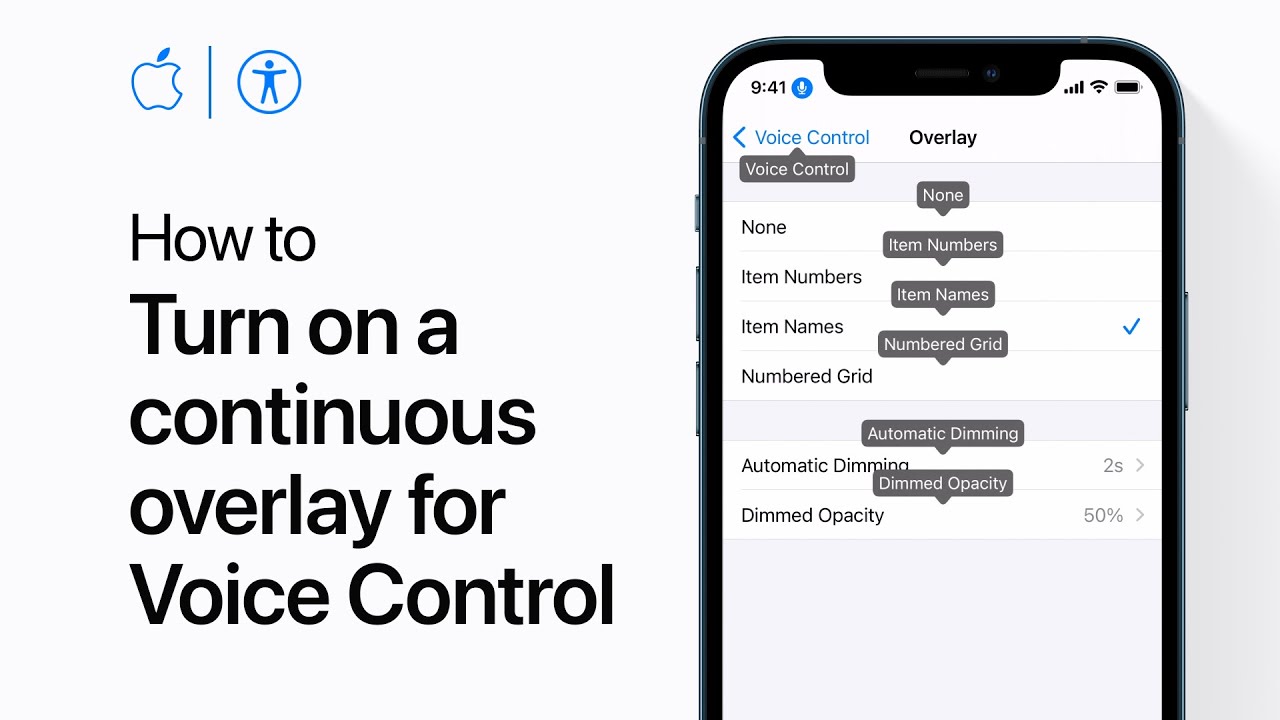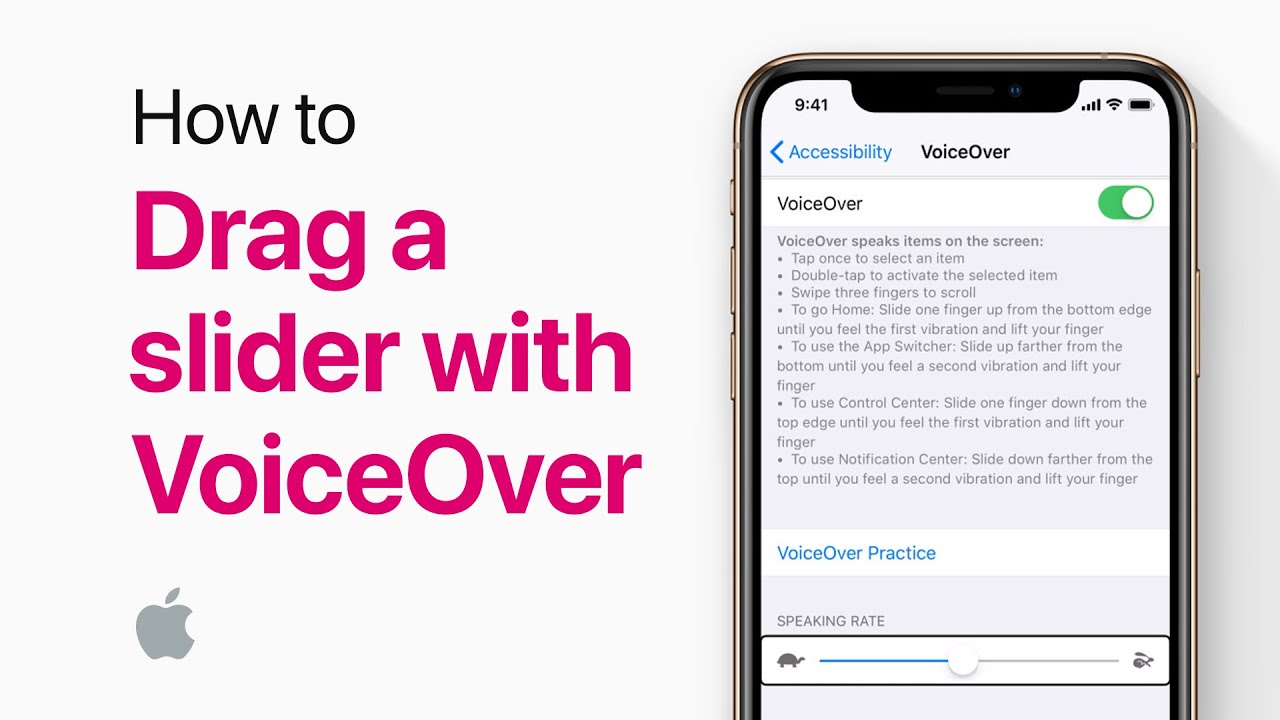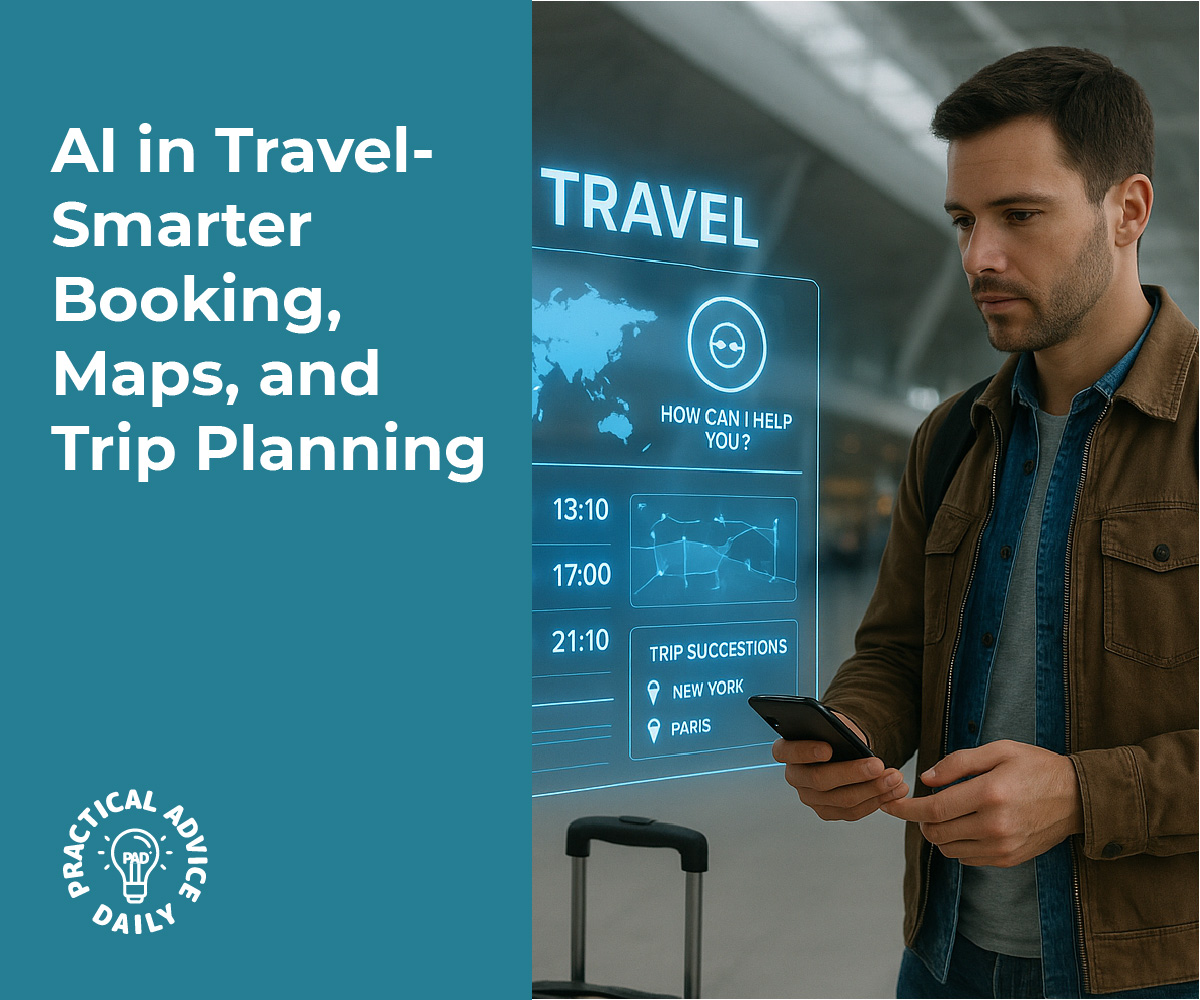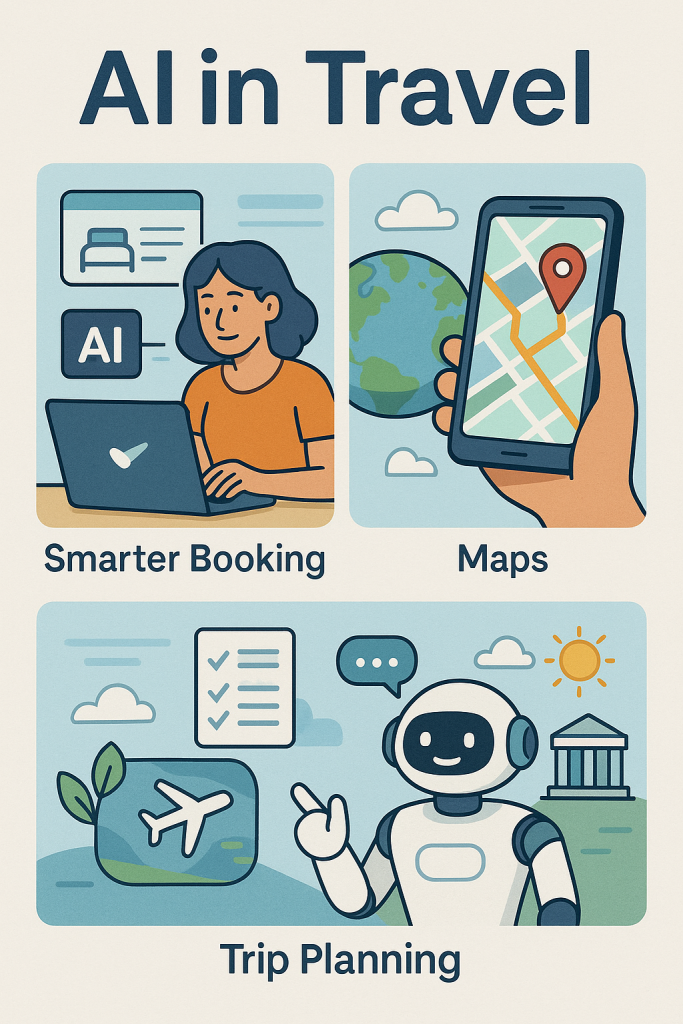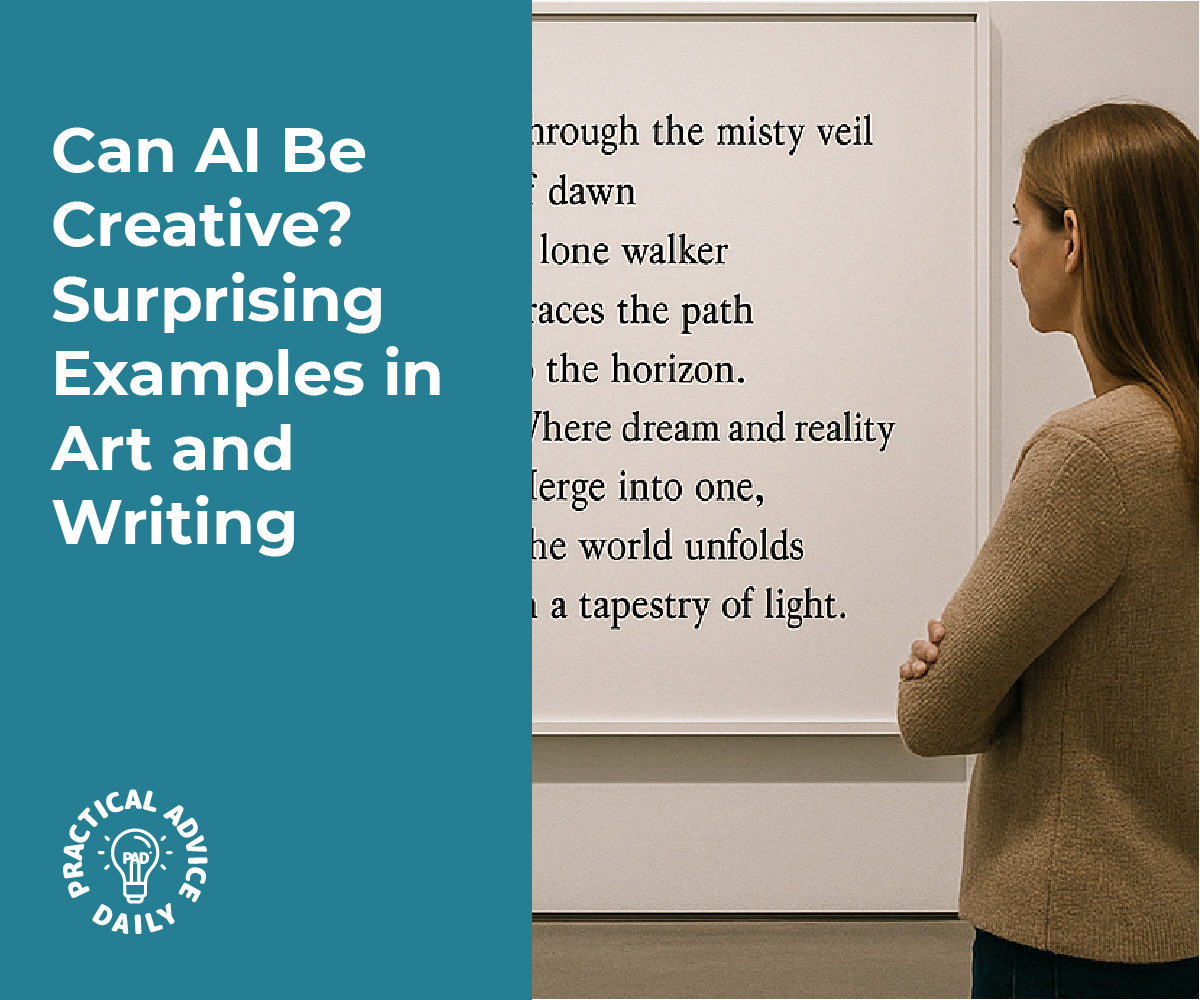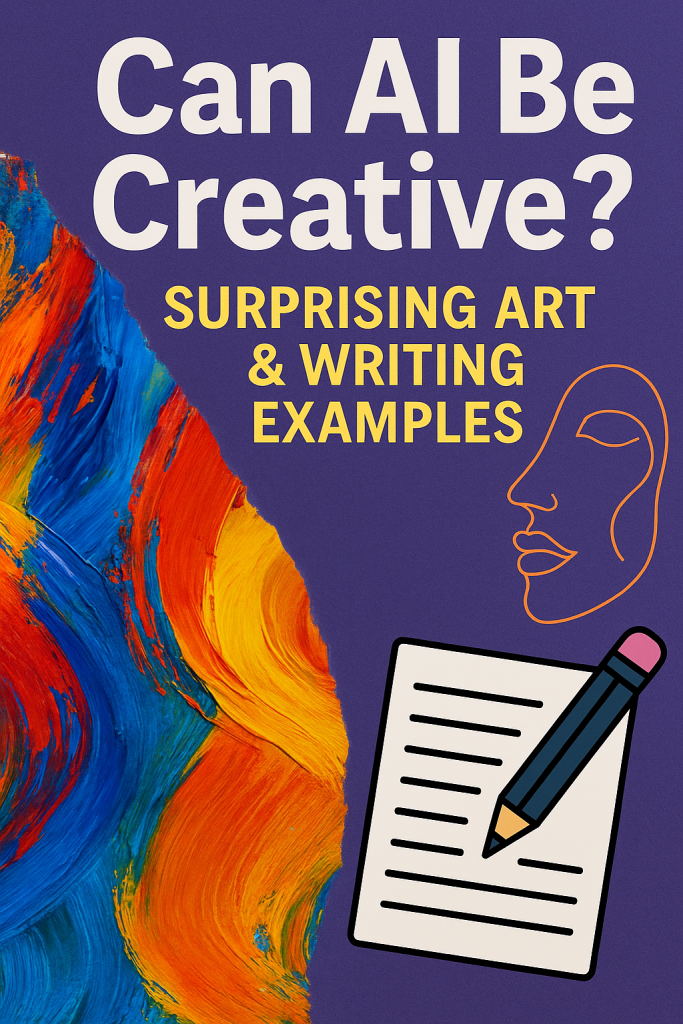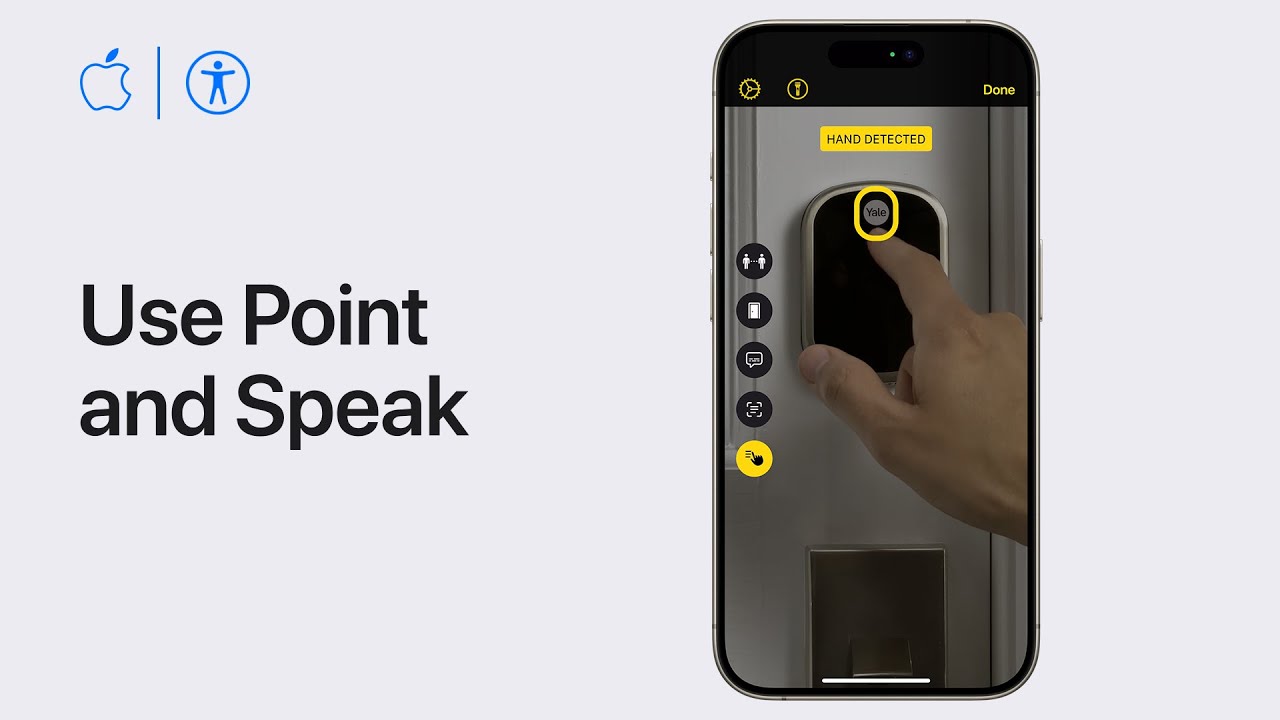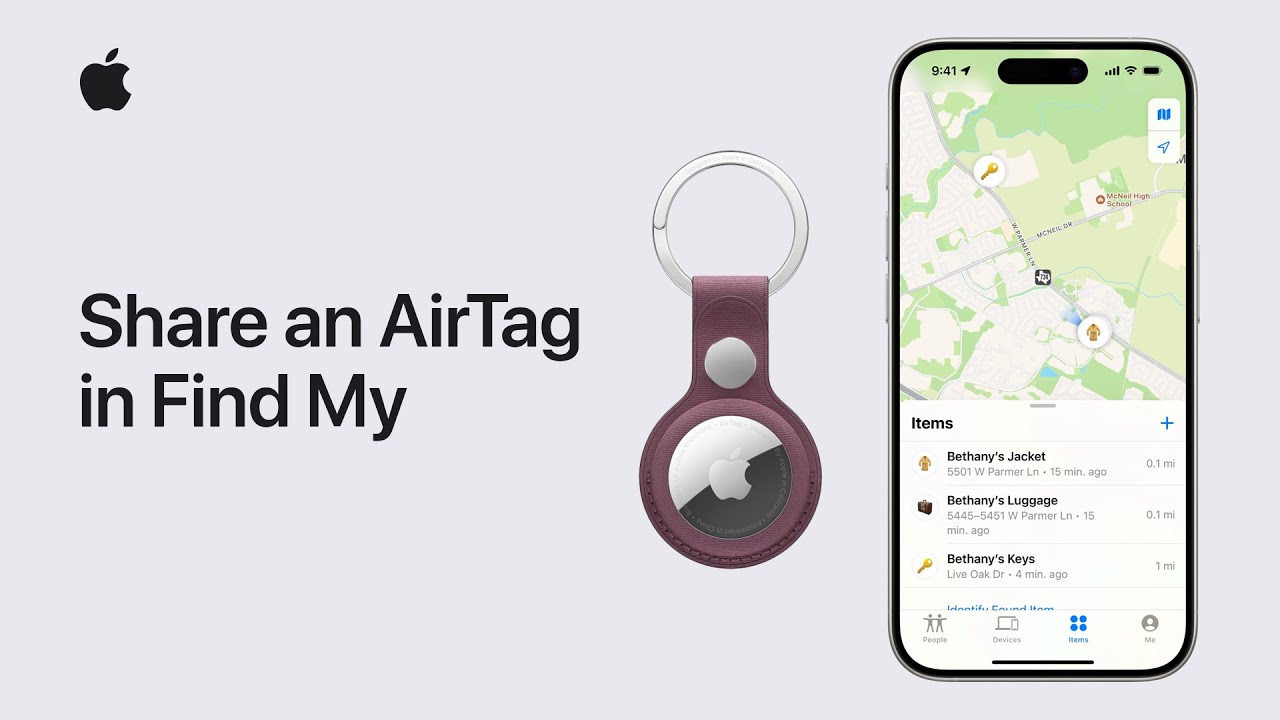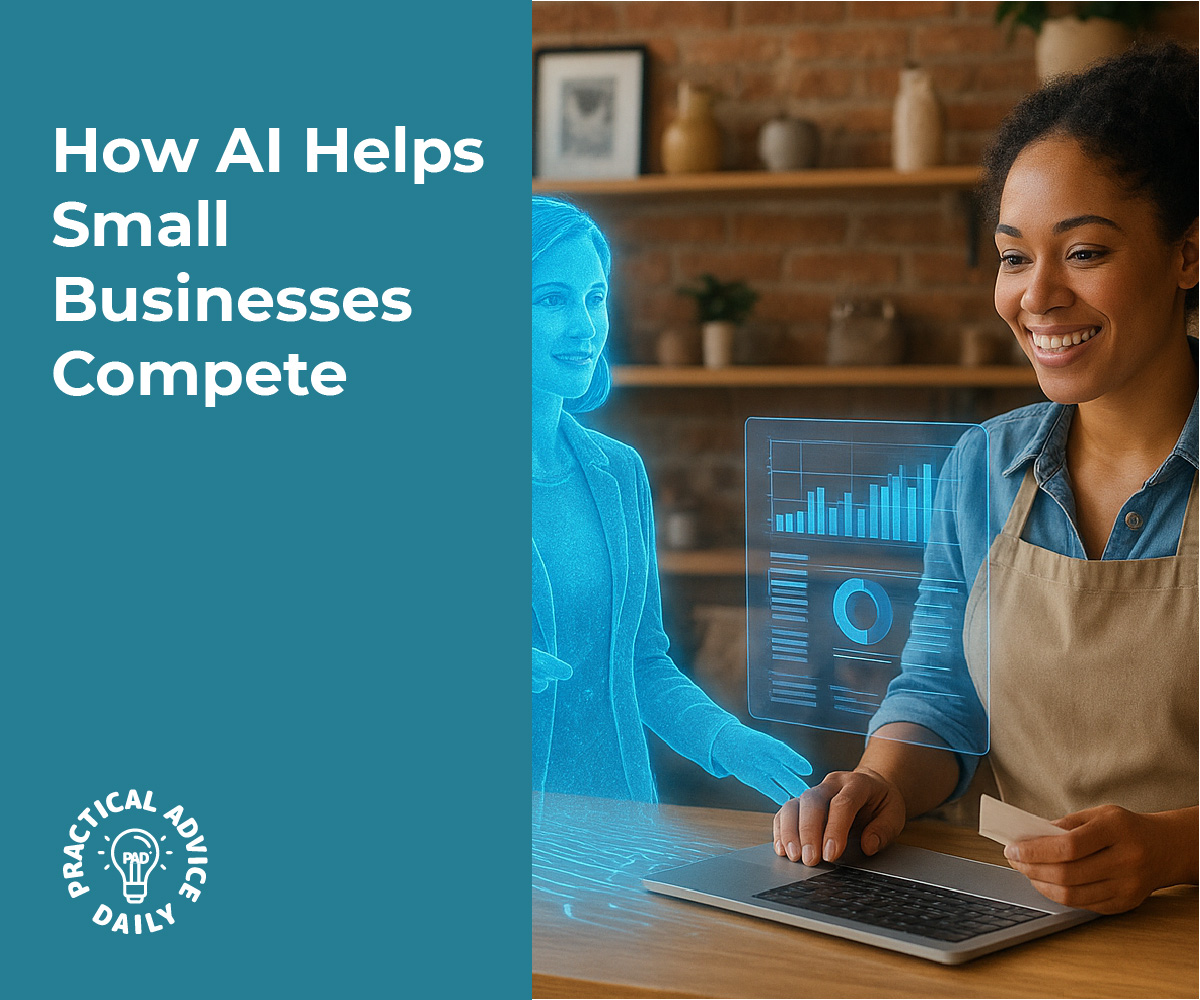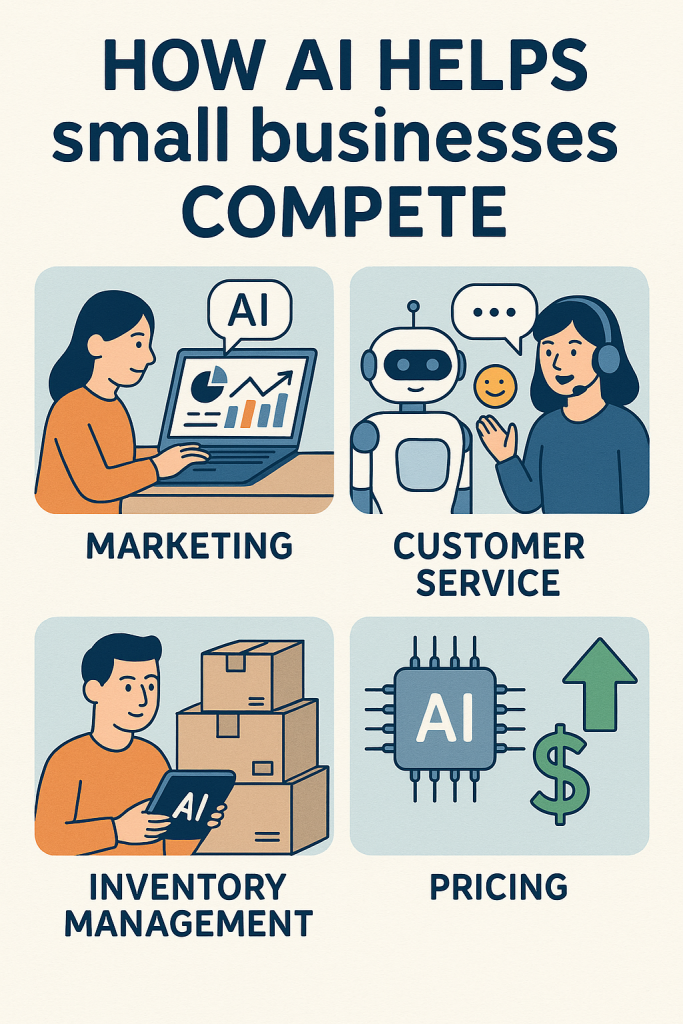When we think about creativity, we often imagine artists painting on canvas, writers filling notebooks, or musicians composing melodies. But today, machines can also make art, write poems, and even generate music. Artificial intelligence (AI) is stepping into creative spaces once thought to belong only to humans.
Some of its results are surprisingly beautiful, while others feel a bit mechanical. In this article, we’ll explore real examples of AI creativity, show you how to try it yourself, and help you understand how human imagination is still unique.
Table of Contents
Key Takeaways
- AI can generate art, poetry, music, and stories that sometimes look and sound human-made.
- These creations are based on patterns and data, not personal feelings or lived experiences.
- Anyone can try AI creativity at home with free or simple online tools.
- Human imagination is still special because it carries meaning, emotion, and individuality.
The Rise of AI Art
AI-generated art has become incredibly popular in recent years. Tools like DALL·E, Stable Diffusion, and MidJourney can turn written prompts into images that look like professional artwork.
Imagine typing:
“A watercolor painting of a cozy cabin in the snow, with smoke rising from the chimney.”
In seconds, the program creates multiple images of that scene, each slightly different.
Real-World Example
In 2018, an AI-created portrait called Edmond de Belamy was auctioned at Christie’s for over $400,000. The sale shocked the art world and sparked debates about whether AI-generated art should be considered “real” art.
Try It Yourself
- Visit a free tool like Craiyon.com.
- Type in a prompt, such as “a futuristic city floating in the clouds.”
- Compare the images to what you imagined. Do they surprise you?
- Now try creating the same scene yourself with pencil and paper, and notice the difference in personal touch.
This side-by-side comparison shows how AI can generate ideas instantly, but your own version carries your personality and perspective.
AI and Poetry
Poetry is known for its emotion and rhythm. Yet AI can now produce short poems that mimic human writing.
For example, if you ask an AI:
“Write a short poem about the sea at night.”
It might produce lines about waves, moonlight, and reflection.
What’s Missing?
While the words may sound poetic, they don’t come from lived memories. A human poet might recall the salty smell of the ocean, a walk along the shore, or the comfort of hearing waves as a child. That personal connection is what makes human poems deeply moving.
Try It Yourself
- Use a free AI like ChatGPT or Verse by Verse (from Google).
- Ask it to write a poem about a favorite memory, such as a holiday or a birthday.
- Then, write your own version of the same poem.
- Compare: Which feels more emotional? Which one captures a memory only you could have written?
AI and Storytelling
AI can also spin stories, from short tales to full-length novels. Writing assistants like Sudowrite or ChatGPT can continue your story, suggest plot twists, or develop dialogue.
Real Example
In Japan, an AI-written short story once made it past the first round of a national writing contest. The judges were impressed by its structure and flow but later realized something was missing: deep character emotions.
Try It Yourself
- Start with a sentence:
“On a rainy afternoon, I discovered a locked box under my bed.”
- Ask an AI writing tool to continue the story.
- Read what it creates. Does it surprise you?
- Now add your own twist. Maybe the box holds old family letters or a forgotten childhood toy.
This activity shows how AI can create interesting setups but still needs your imagination to bring warmth and depth to the story.
AI in Music
AI doesn’t stop with words and images. It can also create music. Programs like AIVA, Soundraw, and Boomy let anyone compose songs, even without knowing how to play an instrument.
Real Example
AIVA, an AI music composer, has created classical-style pieces that sound like they could have been written centuries ago. Some musicians even use AI to help brainstorm melodies before finishing the piece themselves.
Try It Yourself
- Visit Boomy.com (it’s free to start).
- Choose a style, like “lo-fi chill” or “pop upbeat.”
- Click “Create Song” and let the AI generate music for you.
- Listen to your song, then think: does it sound catchy? Does it feel personal?
Now, compare it to a favorite song you love. Notice how the human-made one often carries emotion or storytelling in the lyrics, something AI music usually lacks.
Collaborative Creativity: Humans + AI
One of the most exciting uses of AI is not replacing creativity but enhancing it. Many artists and writers use AI as a partner, not a competitor.
For example:
- A painter might use AI to quickly sketch ideas before choosing one to paint.
- A writer might use AI to brainstorm titles or dialogue.
- A musician could use AI to generate background beats, then add their own lyrics.
Try It Yourself
- Pick a creative project you enjoy—drawing, writing, or music.
- Use an AI tool to generate a starting point (an image, a story idea, or a melody).
- Add your personal touch to make it your own.
This way, you’ll see how AI can be a helper, but the most meaningful parts still come from you.
Creativity: Human vs. Machine
So, is AI truly creative? It depends on how we define creativity.
- AI creativity comes from patterns and data. It copies and recombines what it has learned.
- Human creativity comes from emotion, memory, and lived experience.
Think of it this way: AI can paint a sunset, but only you can paint the sunset you saw on your honeymoon, with the feelings you had in that moment. That personal story cannot be copied.
Why This Matters
AI creativity is fascinating, but it also reminds us of what makes humans unique. AI can inspire, speed up, or expand our creative process, but it cannot replace the depth of human stories and emotions. For older adults or beginners, experimenting with these tools can be a fun way to explore technology without needing special skills.
Final Thoughts
AI can now paint, write, and compose music. Some of its creations are impressive enough to win contests or sell at auctions. But the difference is clear: AI rearranges patterns, while humans create from personal experience and emotion.
If you’re curious, try one of the step-by-step activities shared in this article. You may discover that AI can be a fun creative partner. Just remember, the heart of creativity still belongs to you.
